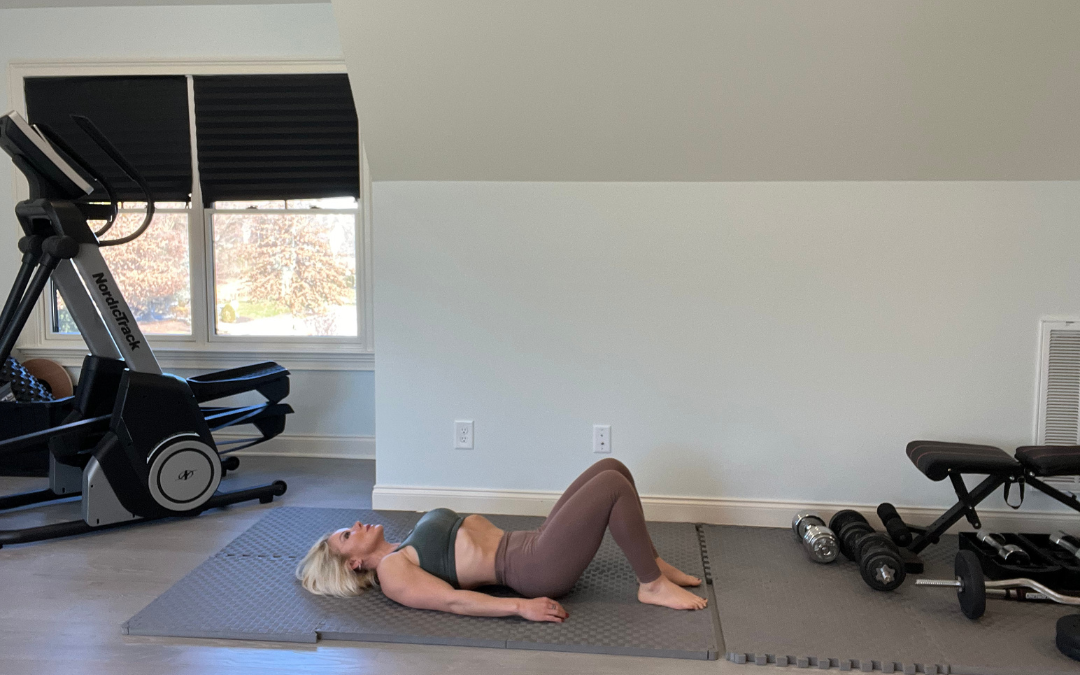Ankle sprains, a common yet often distressing injury, affect numerous individuals, ranging from athletes to everyday people. Characterized by the stretching or tearing of ligaments in the ankle, these injuries can range from mild to severe. This article aims to help you overcome ankle sprains and provides effective remedies and important expert care advice.
Recognizing Ankle Sprain Symptoms
Before diving into treatments, it’s crucial to understand the signs of an ankle sprain. Symptoms often include swelling, bruising, tenderness, and difficulty bearing weight on the affected ankle. Recognizing these signs early can lead to more effective treatment and a quicker recovery.
Immediate Care: The RICE Method
The RICE method (Rest, Ice, Compression, Elevation) is the cornerstone of initial ankle sprain treatment. This approach helps reduce swelling and pain in the immediate aftermath of the injury.
- Rest: Avoid putting weight on the injured ankle to prevent further damage.
- Ice: Applying ice packs for 15-20 minutes several times a day can help reduce swelling and pain.
- Compression: Use an elastic bandage to provide support and minimize swelling.
- Elevation: Keeping the ankle raised above heart level also aids in reducing swelling.
Rehabilitation Exercises
After the initial swelling and pain subside, gentle rehabilitation exercises are vital. These exercises aim to restore the ankle’s range of motion, strength, and flexibility. However, they should be performed carefully to avoid exacerbating the injury.
The Role of a Podiatrist in Ankle Sprain Recovery
For those seeking specialized care, consulting a podiatrist can be extremely beneficial. Podiatrists are experts in foot and ankle care, providing targeted treatments and personalized rehabilitation plans. They can also offer guidance on proper footwear and orthotics to prevent future sprains. Searching for a “podiatrist near me” online or asking for referrals from a primary care physician can help in finding a qualified specialist nearby.
Long-term Care and Prevention
Long-term care is crucial for complete recovery but what can help you more is to focus on preventing future injuries. This includes:
- Strengthening Exercises: Building strength in the ankle and surrounding muscles can provide better support and reduce the risk of re-injury.
- Balance Training: Improving balance can help prevent falls and subsequent sprains.
- Proper Footwear: Wearing shoes that provide adequate support and fit well is essential, especially during physical activities.
Alternative Remedies
In addition to conventional treatments, some individuals find relief in alternative remedies. These can include:
- Heat Therapy: Applying heat can be beneficial in later stages of recovery to improve blood flow and relax muscles.
- Herbal Remedies: Certain herbs and supplements are believed to aid in reducing inflammation and promoting healing. However, it’s important to consult with a healthcare provider before starting any new supplement.
When to Seek Medical Attention
It’s important to seek medical attention if the pain is severe, if there is significant swelling or bruising, or if walking is difficult after the injury. Additionally, if symptoms do not improve with home treatment, a healthcare professional should evaluate the injury.
Conclusion: A Holistic Approach to Healing Ankle Sprains
Recovering from an ankle sprain involves self-care – a combination of immediate care, rehabilitation exercises, and potentially, the expertise of a podiatrist. By following these steps and incorporating both traditional and alternative remedies, individuals can effectively manage their recovery and reduce the risk of future ankle injuries.
To a Fitter Healthier You,
The Fitness Wellness Mentor



